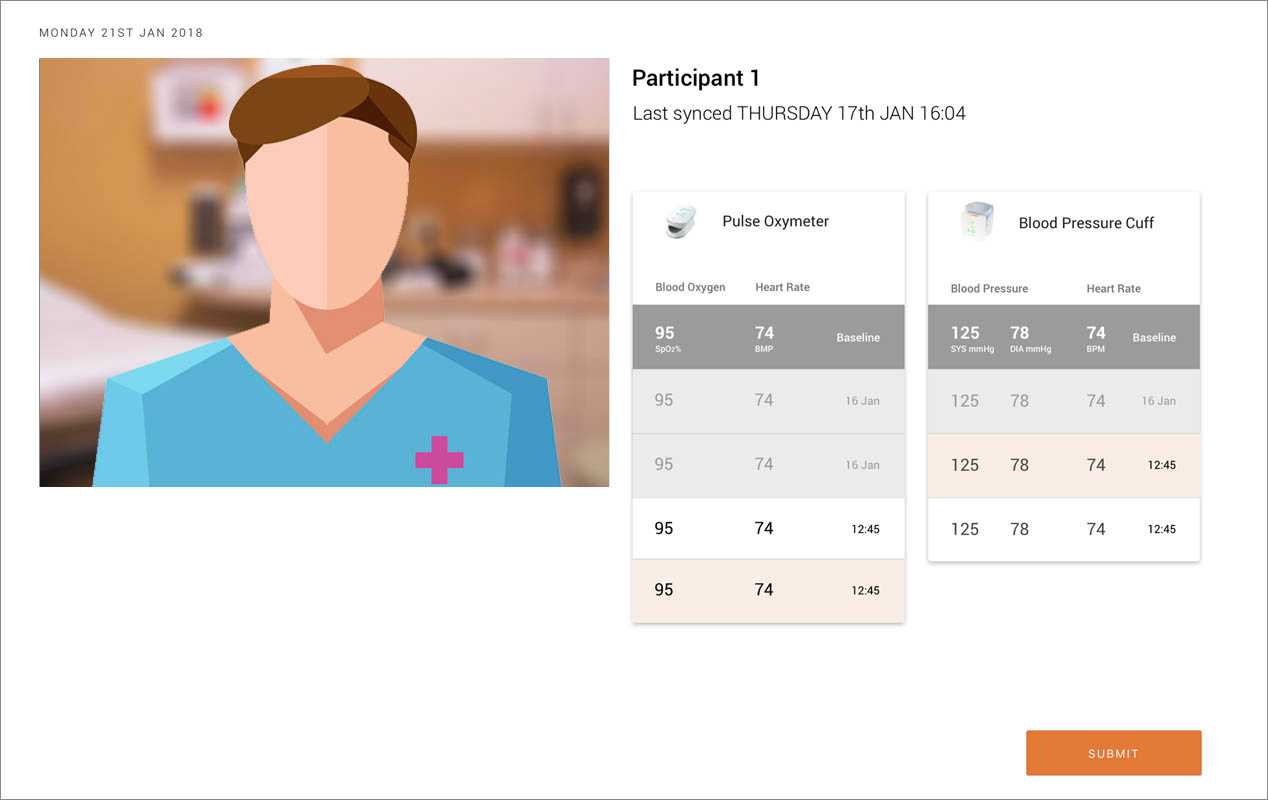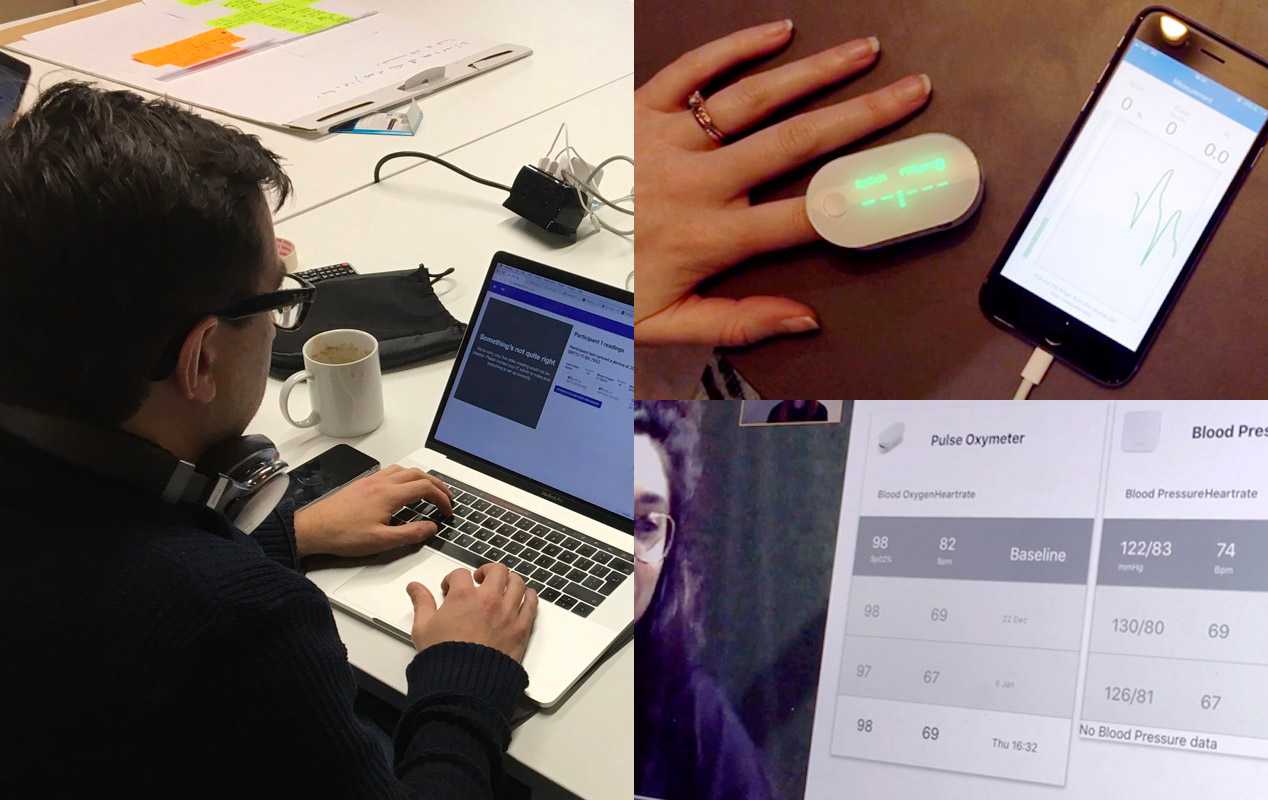Virtual Visits
A well-known pharma company, running clinical trials, needed to reduce the amount of travel carried out by its participants.
The inconvenience or inability of frequent travel was causing a large number of particpiants to drop off their trials. This lead to trials being oversubscribed in anticipation of the drop-off, or worse, they were significantly delayed.
Clinical trials had a 30% drop off rate
Travel was necessary to visit nurses at clinics for routine checkups to measure vital signs and talk about any problems the drug may be causing. This was to ensure the participant was safe and to document any side effcts.
The intended solution was to run many of these visits virtually using video chat and connected medical devices. But there were so many unanswered questions and risky assumption that had to be uncovered.

We examined existing research, ran activies such as assumptions mapping and then distilled everything into 3 prioritised hypotheses.
Virtual visits will enable participants to confidently provide their own measurements and connect with nurses remotely
Virtual visits will make research nurses feel comfortable that they can keep patients safe
Virtual visits will deliver high quality measurements from participant to nurse from medical grade devices
In order to validate these hypotheses I co-created a prototype web app which enabled us to create a high fidelity experience of a virtual visit. This included live video chat with a nurse and the use of medical devices to transfer measurements in real time. We replaced the clunky, API-less medical devices that were intended to be used and bought something much more user and developer friendly.


Result
After running dozens of user testing sessions, many of which involving a Clinical Trial Nurse, we discovered the following key things:
Participants
- Feel comfortable at using the devices themselves
- Feel empowered and in control
- Find it less stressful than going to doctor’s practice
- Need support and training with the devices and app
Nurses
- Nurses enquire if virtual visits would link up with existing systems such as electronic records
- Acknowledge the need to properly pre-train the participants on device usage
- Nurses are reassured that participants can take their own measurements
- Nurses acknowledge connectivity and internet quality in hospitals as the main barrier for implementation